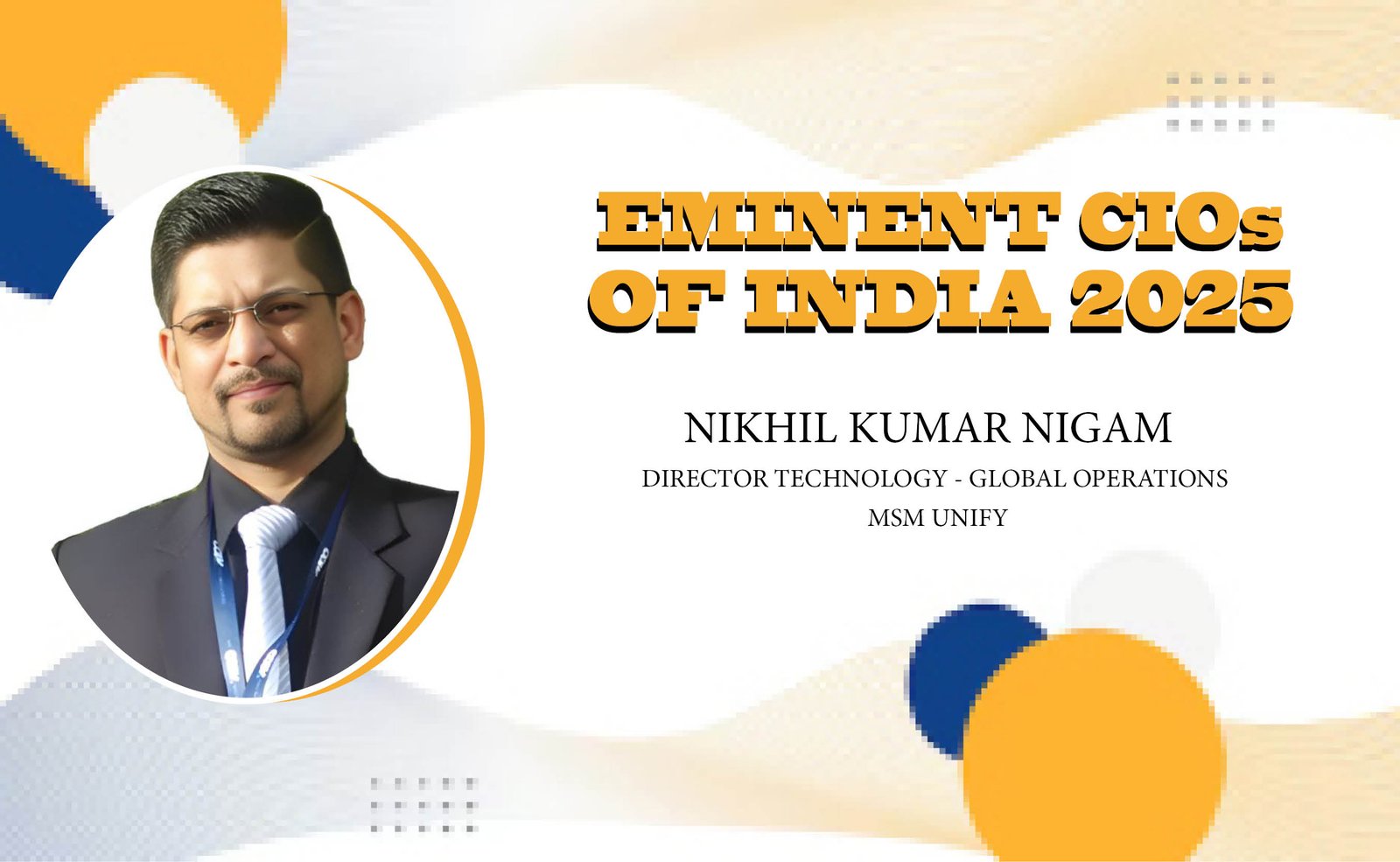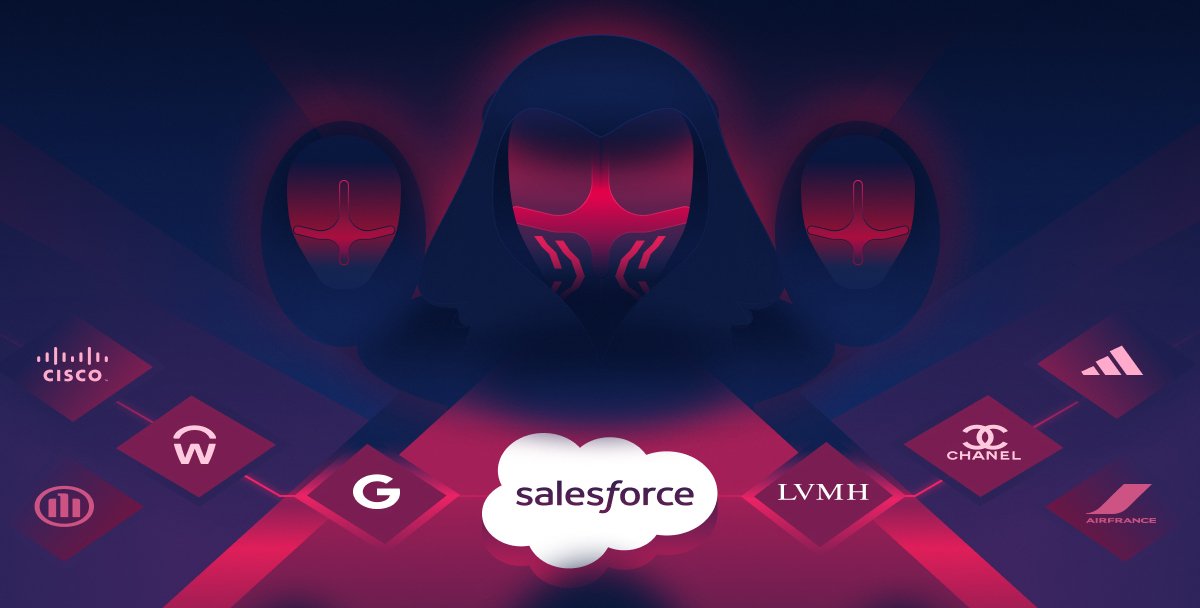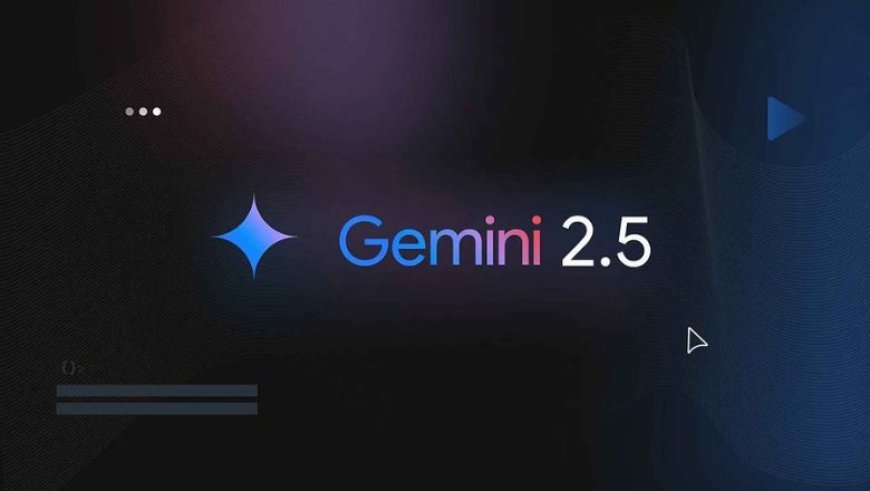Nikhil Kumar Nigam, Director Technology - Global Operations, MSM Unify
Tech Priorities in 2025
In 2025, enterprises are prioritizing AI-driven automation, blockchain for secure and transparent transactions, and zero-trust security frameworks. Cloud computing continues to evolve with hybrid and multi-cloud strategies, enabling greater flexibility, resilience, and performance optimization. As global data privacy regulations tighten, organizations are adopting more sophisticated security architectures to stay compliant and protect sensitive information.
CIOs: From IT Managers to Strategic Business Enablers
The role of the Chief Information Officer (CIO) is undergoing a major transformation. CIOs are now integral to shaping business strategy, leveraging technology to drive growth, efficiency, and superior customer experiences. Through AI, automation, and real-time data analytics, CIOs enable organizations to remain agile and competitive in fast-changing markets. They bridge the gap between technology and business, aligning digital initiatives with strategic outcomes.
Cultivating a Security-First Culture
Organizations are embedding cybersecurity into their culture by training employees at all levels in data protection and cyber hygiene. Regular training sessions, strict access protocols, and awareness programs are now standard practices. AI-driven threat detection systems and real-time monitoring ensure rapid response to anomalies. Clear, actionable security policies and compliance frameworks help employees understand their responsibilities, reducing human error and strengthening overall security posture.
Integrating AI, Automation, and Zero-Trust into Enterprise IT
Enterprises are implementing AI tools for instant threat detection and automated response systems to reduce manual errors. Zero-trust security—where no user or device is automatically trusted—is gaining traction, emphasizing identity verification, encryption, and continuous activity monitoring. Together, these measures create a robust, proactive defense against evolving cyber threats.
Evolving Roles:
Technology leadership roles are converging around the shared goals of innovation, compliance, and security:
◆ CIOs and CTOs lead digital transformation and innovation.
◆ CISOs focus on building cyber resilience and managing risk.
◆ DPOs ensure compliance with data privacy laws and ethical data handling.
While their responsibilities differ, these roles increasingly collaborate to align enterprise goals with secure and compliant digital operations.
Can These Roles Overlap?
Although CIOs, CTOs, or CISOs can sometimes assume DPO responsibilities, it demands deep expertise in data protection laws. Ideally, a dedicated DPO ensures focused attention on privacy regulations, while closely coordinating with other tech leaders to maintain a unified, secure digital strategy.






